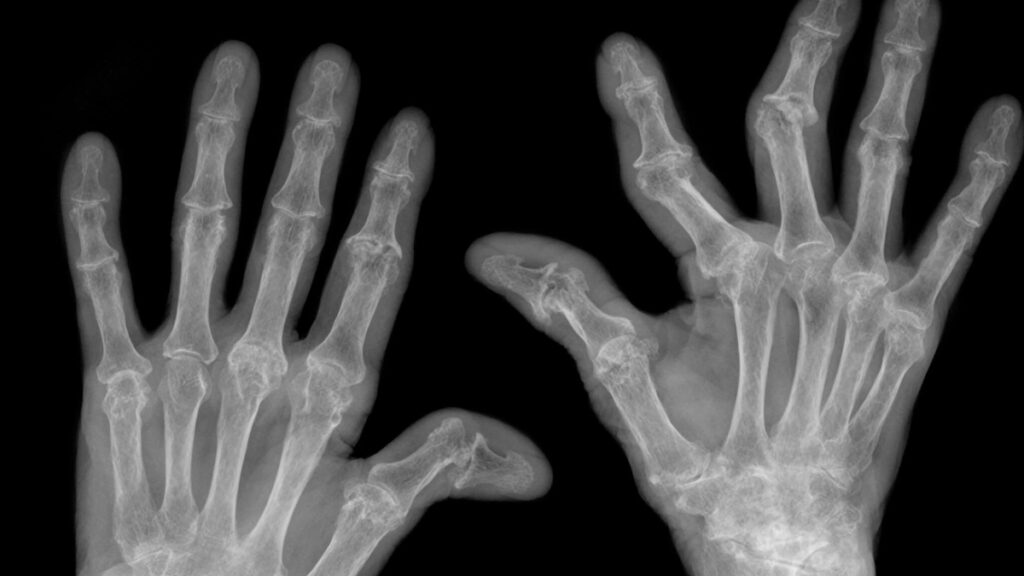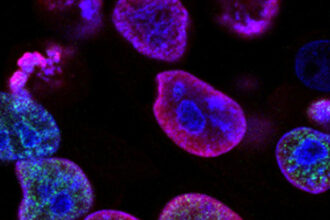Managing Rheumatoid Arthritis. This is a auto-immune disorder, your immune system eats away one’s own body tissues.

Blood tests are the most common way to diagnose RA. X-rays are normal early in the disease, but an ultrasound can show fluid and inflammation in the affected joint. Although definitive testing for RA is difficult, a few biomarkers may be present in the blood. Other tests may be necessary. If the condition does not respond to treatments, a blood test may be needed to confirm the diagnosis.
Other tests can be performed to confirm RA. An erythrocyte sedimentation rate test can measure the rate at which red blood cells fall in the blood. A higher sed rate is a sign of higher inflammation in the body. C-reactive protein (CRP) is another blood test that measures inflammation. The higher the level of C-reactive protein, the more likely the patient has rheumatoid arthritis.

Eating a lot of legumes can help manage RA. These foods are high in protein, which is beneficial for the muscles, since people with RA tend to lose muscle tissue. They also contain plenty of antioxidants and nutrients, including folic acid, magnesium, iron, zinc, and potassium. Some legumes may be associated with reduced symptoms of RA. Black beans are also an excellent choice for RA sufferers.

Exercises can help reduce pain and improve your mobility. During flare-ups, you may need more rest than usual. Getting plenty of rest is important to reduce inflammation and maintain energy levels. Cold compresses can be particularly helpful in reducing the discomfort associated with RA. In addition, a warm compress can be beneficial for muscle spasms. This can help to relieve pain and prevent further damage to the joints.



